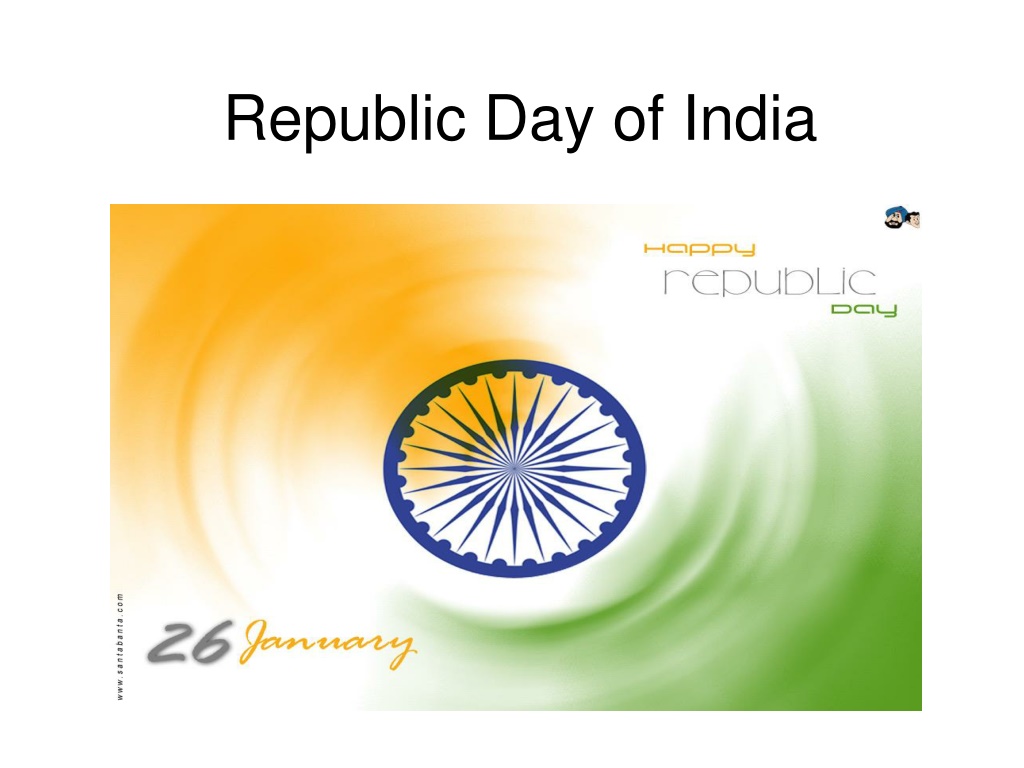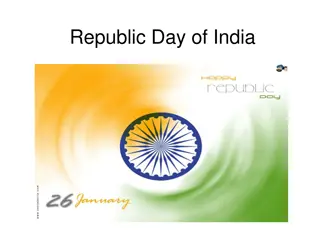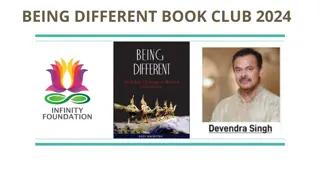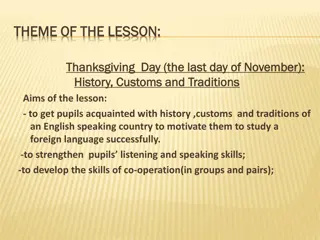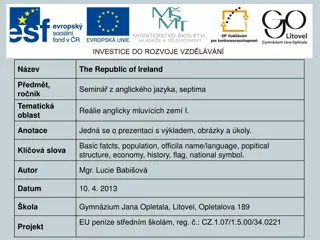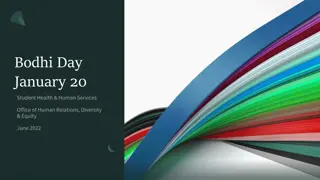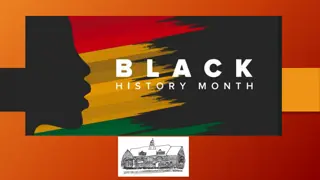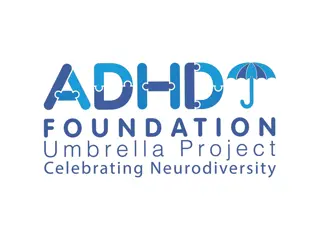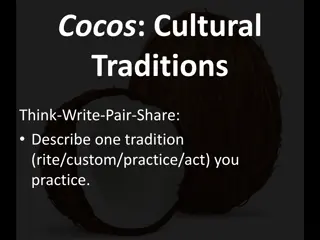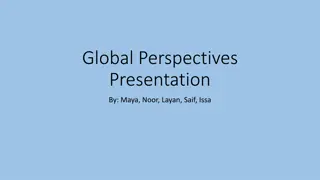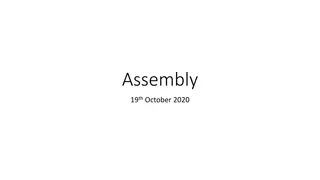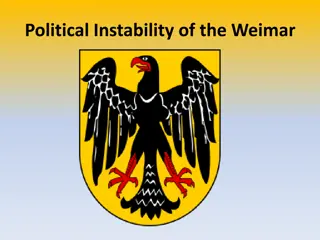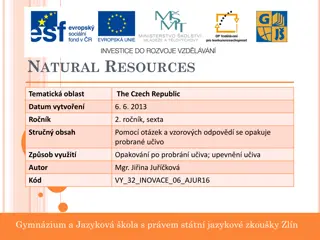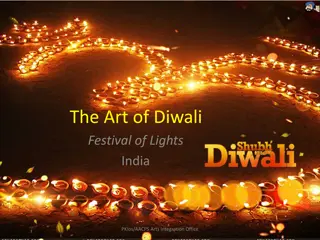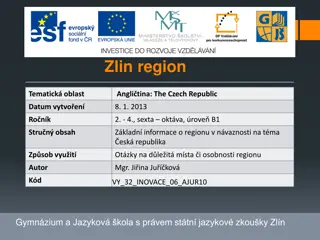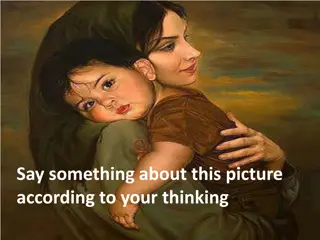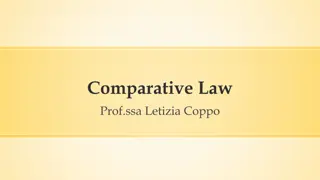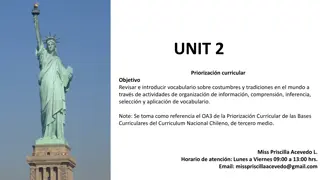Celebrating Republic Day of India: History, Significance & Traditions
Republic Day of India is celebrated on January 26th to commemorate the adoption of the Indian Constitution in 1950, marking the country's transition to a republic. The day is significant as it symbolizes the people's impact on the government and the principles of courage, sacrifice, truth, purity, faith, growth, and prosperity. The celebrations include flag hoisting, parades involving the Army, Navy, Air Force, and school children, as well as the decoration of important buildings. National Bravery Awards are also given to recognize acts of courage by Indian children.
Download Presentation

Please find below an Image/Link to download the presentation.
The content on the website is provided AS IS for your information and personal use only. It may not be sold, licensed, or shared on other websites without obtaining consent from the author. Download presentation by click this link. If you encounter any issues during the download, it is possible that the publisher has removed the file from their server.
E N D
Presentation Transcript
Why we celebrate Republic day The Republic Day of India is a national holiday of India to mark the adoption of the Constitution of India and the transition of India from a British Dominion to a republic on January 26, 1950. A republic is a form of government in which the head of state is not a monarch and the people (or at least a part of its people) have an impact on its government. The word 'republic' is derived from the Latin phrase res publica, which can be translated as "a public affair".
Dr. Bhimrao Ramji Ambedkar Dr. Ambedkar wrote the Constitution of India
How we celebrate Republic day National Flag is hoisted Courage, Sacrifice Truth, Purity Faith, Growth, Prosperity The chakra diameter approximates the width of the white band and it has 24 spokes, which intends to show that there is life in movement and death in stagnation . Chakra represents: Progress & Laws of Dharma (righteousness) The saffron stands for courage, sacrifice and the spirit of renunciation; the white, for purity and truth; the green for faith, growth and prosperity.
Republic day parade File:Indian Army-Madras regiment.jpeg
Army, Navy and Airforce participate File:Agni-II missile (Republic Day Parade 2004).jpeg
Rashtrapati Bhavan is Decorated File:Rashtrapati Bhavan and adjacent buildings, illuminated for the Republic Day.jpg
National Bravery award for Indian children The award is given to around 24 children below the age of 16. One of two coveted awards in this category are the Sanjay Chopra Award and Geeta Chopra Award instituted in 1978, in the memory of Chopra children who laid their lives while confronting their kidnappers, and are given to a boy and a girl respectively for acts of bravery . The highest award in the category is the Bharat Award, constituted in 1987, and the Bapu Gayadhani Award was instituted in 1988.
Indian National Anthem written by Rabindranath Tagore Jana-gana-mana-adhinayaka, jaya he Bharata-bhagya-vidhata. Punjab-Sindh-Gujarat-Maratha Dravida-Utkala-Banga Vindhya-Himachala-Yamuna-Ganga Uchchala-Jaladhi-taranga. Tava shubha name jage, Tava shubha asisa mage, Gahe tava jaya gatha, Jana-gana-mangala-dayaka jaya he Bharata-bhagya-vidhata. Jaya he, jaya he, jaya he, Jaya jaya jaya, jaya he!
National Symbols of India National Animal : Tiger National Bird: Peacock National Flower: Lotus National Fruit: Mango National Tree: Indian fig tree, Ficus bengalensis, banyan tree National River: Ganges National Aquatic animal: River Dolphin
